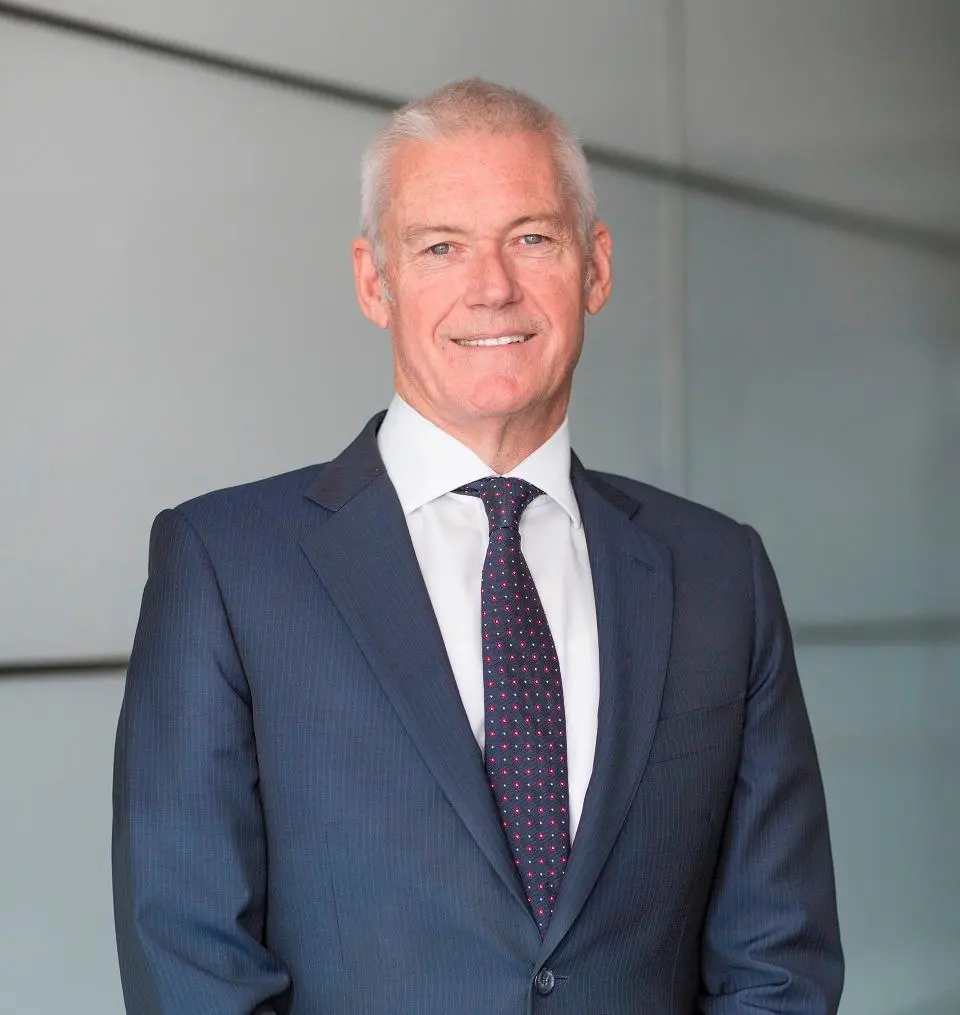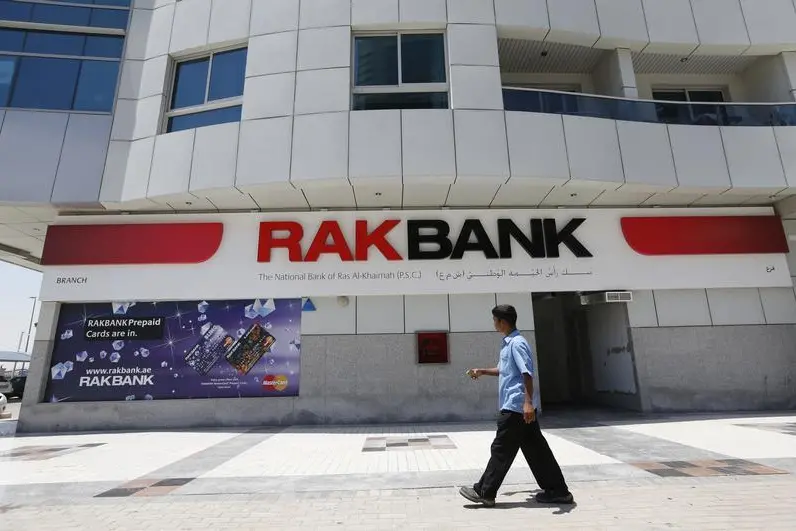PHOTO
The National Bank of Ras Al Khaimah (RAKBANK) is ramping up its remittance and payment services using fintech, while expanding the bank’s focus on personal banking and SMEs for further growth. Zawya sat with Peter England, CEO of RAKBANK to learn more about the bank’s future plans. Here are excerpts from the interview.
- How is RAKBANK planning to embrace Fintech and Blockchain?
RAKBANK is the first bank in the UAE to tie up with Ripple, we use Ripple as a core partner in our overseas remittance offering, allowing us to do online real-time remittances to a number of markets.
It is important not to just adopt blockchain or fintech for the sake of doing it. It’s got to bring the bank some tangible benefits.
We have many fintech partners. We have looked at a number of opportunities to invest, but at the moment we haven’t found the ones that we would like to invest in as an equity investor.
People waiting for 2-3 days for payments to reach destinations is long gone. When we set out to build RAKMoneyTransfer, which allows instant remittances, we chose Ripple for some of the corridors and for the markets where Ripple isn’t present, we have direct links with the banks in those countries/markets for interbank payment system to transfer funds between accounts.
- The bank has suffered in 2014-2015 from a high exposure to the SME segment. Do you have a strategy to deal with such problems? How successful is it?
When I joined at the end of 2013, 59 percent of our loan book was in personal banking, but a large percentage of personal banking was filled with SME owners.
The actual pure SME portfolio back then was about 20 percent, but the personal banking book had a lot of SME related lending.
A few things have changed today. For starters, personal banking is only 38 percent of the bank, wholesale banking has gone from basically nothing to 29 percent of the bank, SME itself has remained at about 17 percent, it’s a little less than it was, but its’ not a traumatic difference.
We have a much bigger balance sheet now, and we have grown in other areas of banking. We’ve also changed the way we lend to SMEs. Before we used to do what I would consider to be very high-risk-high-return type of lending. However, in the last 5 years changed the way we lend to SMEs, so that lending is a little bit less risky.
SMEs are the backbone of RAKBANK. We are the largest small business bank in the country.
We’ve probably benefited from the fact that a number of other banks did exit that space, which has allowed us to operate within a set of parameters that we are more comfortable with.


Peter England, CEO of RAKBANK
- How is the bank balancing its financing portfolio?
What we did in 2014 is we sat down and defined a new 3-year strategic plan for the bank.
We have a refreshed strategic plan for 2018-2020.
The bank learnt its lesson in the challenging SME market and what we decided to do is grow the book/business organically and target segments we perhaps haven’t targeted before.
We are a decent sized bank (not big and not small either) with 36 branches spread across the UAE and all the necessary IT infrastructure and so on that we need with a very strong capital base and loads of liquidity.
Our wholesale business, back when I joined the bank, was 3 percent of the bank’s balance sheet and if you look at it today it is 29 percent through a combination of wholesale banking, corporate type activity and FI lending.
In the personal banking segment, we are targeting more mass-affluent clients and doing a lot of business in Ras Al Khaimah.
- What are the latest trends in the banking industry?
There is an increase in demand from customers for services to happen in real-time.
Another big trend is related to interest rates. When the world is potentially facing an environment of very low interest rate, I think banks will continuously need to recreate themselves to remain relevant.
- The US Fed announced an interest rate in September. What are the implications of such moves on interest rates?
Most banks in the UAE tend to suffer when interest rates fall and gain when interest rates increase, simply because they tend to reprice their loans faster than their funding cost.
In our case, it is a little bit the other way. A fairly large portion of our books are relatively fixed in nature, and therefore a marginal or gradual reduction in interest rates is probably marginally beneficial.
- What is the outlook for real estate mortgages? Is the bank’s exposure increasing or decreasing?
Our book has seen a gradual increase. It was about AED 4.5 billion in 2016 and about AED 4.9 billion in the first half of 2019.
Product innovation has helped the growth. For instance, few years back we launched an innovative product called ‘Home in One’, which combines the customers’ home loan with their current account into one product.
It is fair to say that the real estate market is a very difficult one.
The central bank did a very good thing some years ago by being strict about loan-to-value ratios and I think that has protected the industry very well.
I’m not concerned with the asset quality and mortgages. The property market is going to be challenging until the demand supply equation balances out.
(Reporting by Gerard Aoun; editing by Seban Scaria)
Note: The financial numbers and data mentioned in the interview are as of the first-half of 2019.
Our Standards: The Thomson Reuters Trust Principles
Disclaimer: This article is provided for informational purposes only. The content does not provide tax, legal or investment advice or opinion regarding the suitability, value or profitability of any particular security, portfolio or investment strategy. Read our full disclaimer policy here.
© ZAWYA 2019












